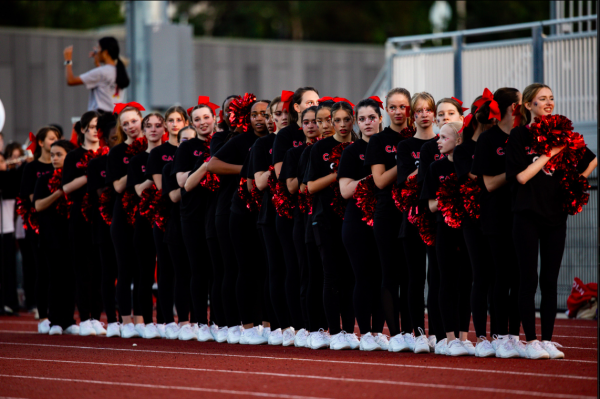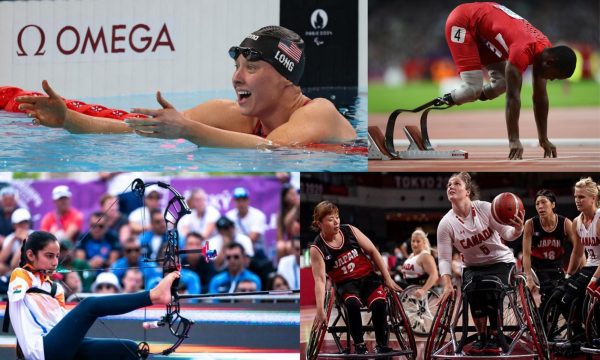The story behind the stigma: why boys aren’t joining dance or cheer
Last year, Lincoln’s wrestling program started their first official girls’ wrestling team. This year, three girls are on the football team, a sport that has been male-dominated for decades. So why are no boys joining cheer or dance when both sports are available to all genders?
Lincoln Cheer, which is currently made up of 10 female members, has never had a male member on the team. In the three years that Molly Hendryx has been head coach, she has never seen a male express interest in the sport.
“I think there is a fear of being made fun of for joining a predominantly female sport. This may stem from a fear of not being ‘man enough’ or labeled with a specific sexual orientation that may or may not fit them,” Hendryx says.
Not having males on Lincoln Cheer has affected their performance. At competitions, Hendryx says co-ed teams have “stronger stunting skills, their flyers go higher, they are louder and they are often perceived outside the cheer community to be more athletic.”
Like Lincoln Cheer, there are currently no males on Lincoln Dance Team (LDT). Over the years, some have joined, but none have completed the season. There have been males on the West Sylvan Dance Team, but none have continued the sport into high school.
“I don’t want to speak for men or other non-binary students, but I think it comes down to the perception that dance is a ‘girly’ activity, especially when many don’t even consider it a sport,” dance team captain Natalie Wang says. “It plays into gender roles and an idea of what boys ‘should’ do vs. what girls ‘should’ do for them to be considered normal. This can be a social influence that starts early, deterring boys from doing dance even at very young ages.”
Emerson Donohoe is breaking this stigma.
A senior at Jefferson High School, Donohoe is one of three males on the Jefferson Dancers, an elite group of 11 dancers working toward a professional career. Donohoe, who started dancing when he was four, says he has never seen a male dancer perform with a school dance team, such as LDT.
Growing up as one of the few male dancers in the district, Donohoe has faced many challenges. He has also been the victim of bullying, including being force-fed hot sauce until he vomited and receiving multiple concussions from being punched.
“This abuse all stems from the negative masculine stereotypes perpetuated by our society. I’d say that facing this toxic masculinity has been the largest struggle for me as a male dancer,” Donohoe says.
Despite these challenges, Donohoe believes that dance has changed his life for the better.
Hendryx, Wang and Donohoe agree that it is time for these “gender bubbles” to end. If all individuals work to change their perspectives on the subject, there is hope for the future.
“The girl power mantra has been at the forefront of a lot of activism, and, in some ways, it is helpful in opening up male-dominated sports to women,” Wang says. “Ultimately, deconstructing gender roles is about taking away the strict unspoken social norms that prevent people from being themselves, and that’s the next step we have to take.”





